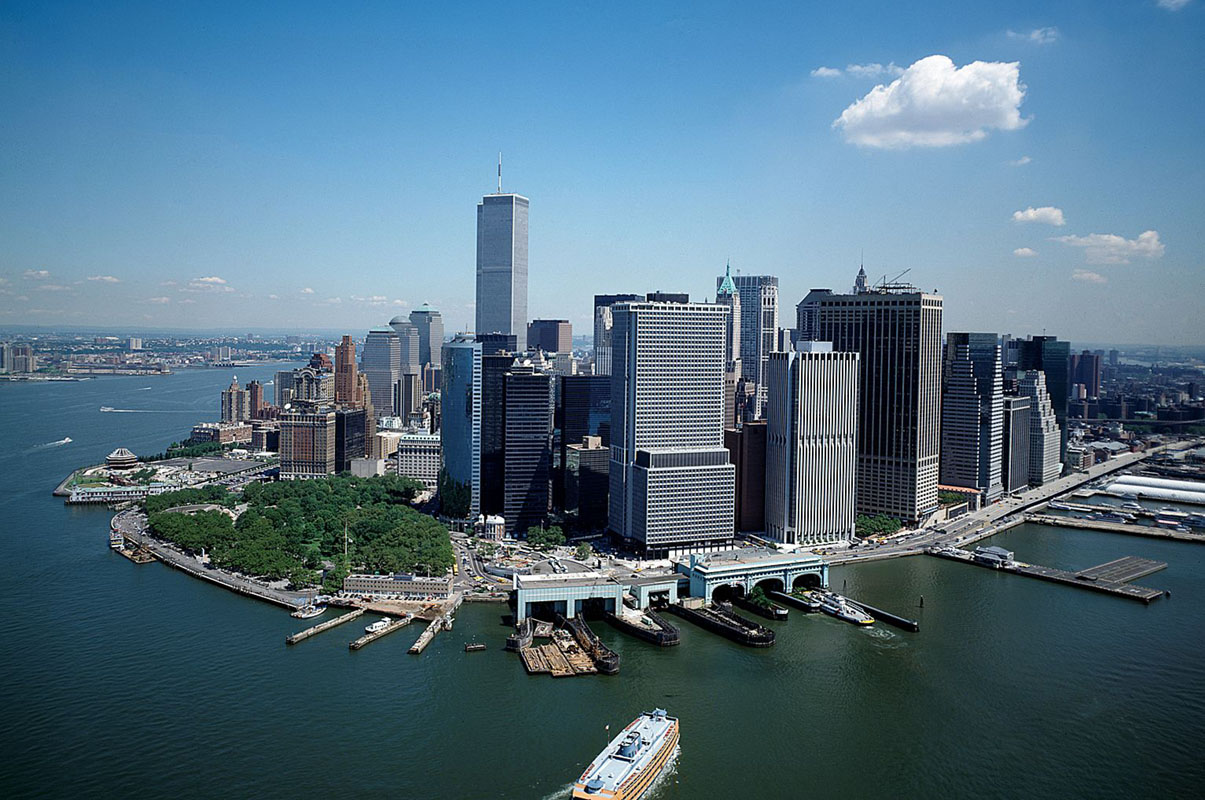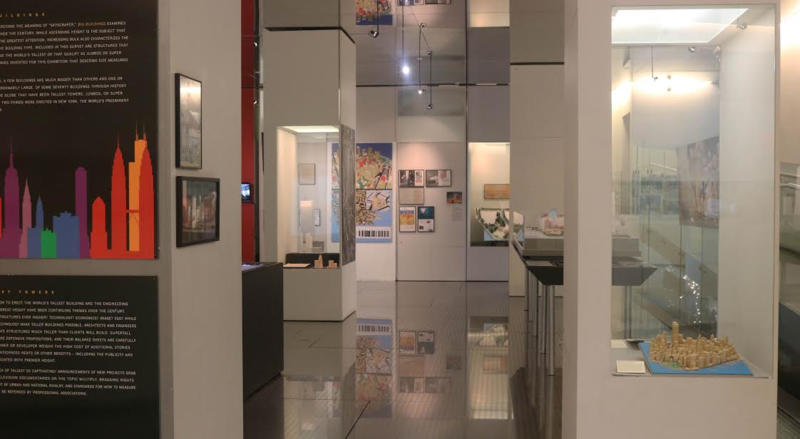 Image courtesy The Skyscraper Museum
Image courtesy The Skyscraper Museum
One of the fastest growing urban districts in the United States, lower Manhattan stands as a thriving, mixed-use cultural hub, playing host to a variety of attractions, media/start-up companies and impressive feats of architecture. In the aftermath of 9/11, it has become a “model of a 21st-century environment of living, work, and play” — but that was hardly the case just twenty years ago. Back then, the neighborhood dealt with a host of problems, compounded by economic change, recession and competition. Its history — and more specifically, its story of decline, rebirth and transformation — is now being documented in a new multimedia exhibition at The Skyscraper Museum, entitled MILLENNIUM: Lower Manhattan in the 1990s, which opened on November 8th.
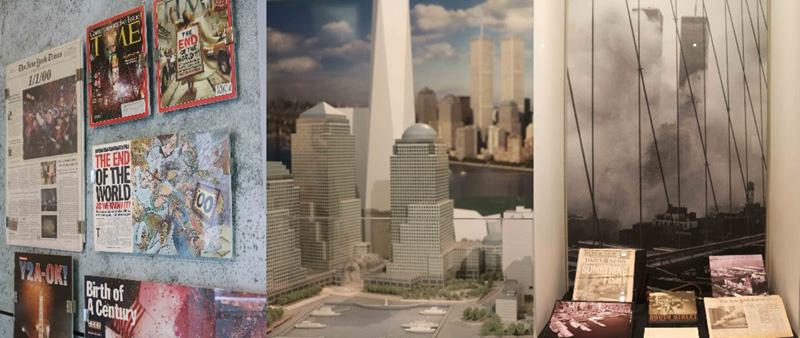 Installation views. Image courtesy The Skyscraper Museum
Installation views. Image courtesy The Skyscraper Museum
From lower Manhattan’s decades-long “losing battle” against Midtown Manhattan, which siphoned away its major corporations during the 1990s to the last effects of the 1987 stock market crash and the aftermath of the tragic September 11th attacks, the exhibition paints of picture of New York’s iconic commercial hub through the use of architectural drawings, models, photographs and other documents.
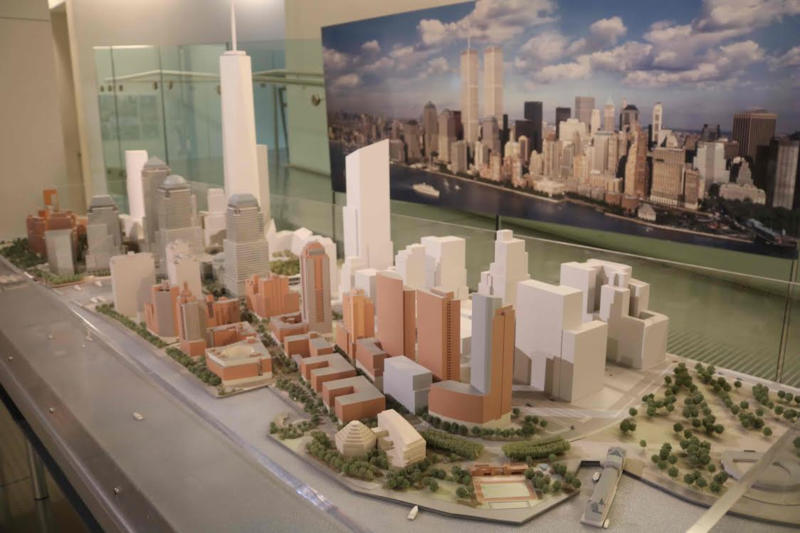 Image courtesy The Skyscraper Museum
Image courtesy The Skyscraper Museum
Within this framework, we also learn about lower Manhattan’s period of resurgence. This side of the story is presented through the presentation of intriguing projects — both large and small, built and imagined — brought forth by architects, city planners, government agencies and developers. These endeavors to rethink the downtown area include major projects like the development of South Street Seaport and the Fulton Fish Market and the unrealized proposal for a new New York Stock Exchange to smaller goals like the redesign of existing downtown public spaces (Battery Park City and Liberty Plaza).
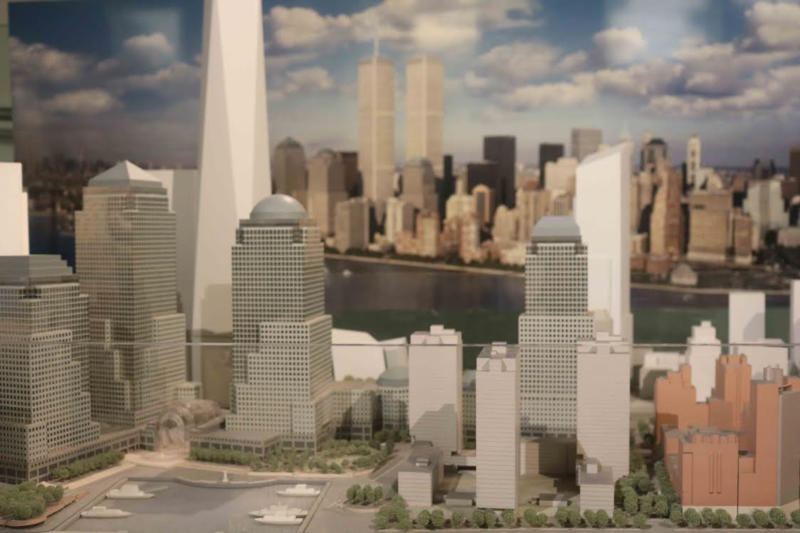 Image courtesy The Skyscraper Museum
Image courtesy The Skyscraper Museum
MILLENNIUM: Lower Manhattan in the 1990s also highlights two cultural efforts, established in these formative years: the first is The Skyscraper Museum itself, which opened in 1997; the second initiative — one that inspired the Museum’s entire Millennium project — is called Heritage Trails New York, an early public history initiative by architect Richard D. Kaplan. Launched in the late 1990s, the program was intended to encourage tourism to the area, and is comprised of forty site markers and a printed map. The exhibition presents some of its original materials and digitally recreates the tours as they took place in 1997, and as they would appear now, to create a striking comparison of what was and what is today.
“Millennium: Lower Manhattan in the 1990s” is now on view at The Skyscraper Museum (39 Battery Place) from November 8, 2017 through April 2018. For more information, click here.
Next, check out The Top 10 Secrets of Bowling Green, the Oldest Public Park in NYC and read about the 7 Most Haunted Spots of Lower Manhattan.






